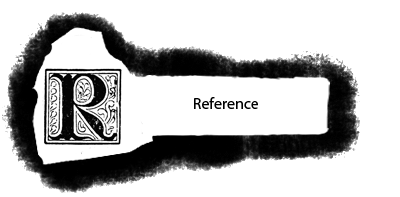
KS3 > Political Reform > For Reference > Brief chronology of the Acts
1832 ‘Great’ Reform Act – Passed into law in 1832 by the Whig government. This Act changed which parts of the country sent MPs to Parliament. It removed ‘rotten boroughs’ and gave new industrial towns MPs. It also gave many middle class men the right to vote.
1867 Second Reform Act – Passed into law in 1867 by the Conservative government after much debate. This Act gave more people the right to vote, including some working-class men.
1872 Ballot Act – Passed into law in 1872 by the Liberal government. This ensured that all voting took place in secret, as we do now, so that people would not feel pressured to vote in a particular way (for example, by their landlords or bosses).
1883 Corrupt Practices Act – Passed into law in 1883 by the Liberal government. This Act helped stop corruption in elections by placing limits on what candidates could spend on election campaigning and making sure that they published what they had spent.
1884 Third Reform Act – Passed into law in 1884 by the Liberal government. This gave more working class people the vote by making the rules to qualify the same if you lived in the town or the country. However, it still depended on whether or not you owned property or how much rent you paid.
1885 Redistribution Act - Passed into law in 1885 by the Liberal government. This Act changed which communities had MPs, making sure that for the first time constituencies had roughly the same numbers of voters.
ENTER NOW!
WIN OUR ANNUAL COMPETITION!
The History of Parliament runs annual competitions in the spring and summer for 11-14 and 16-18 year olds. For information this year’s competition, and how you can enter,
please click here.







